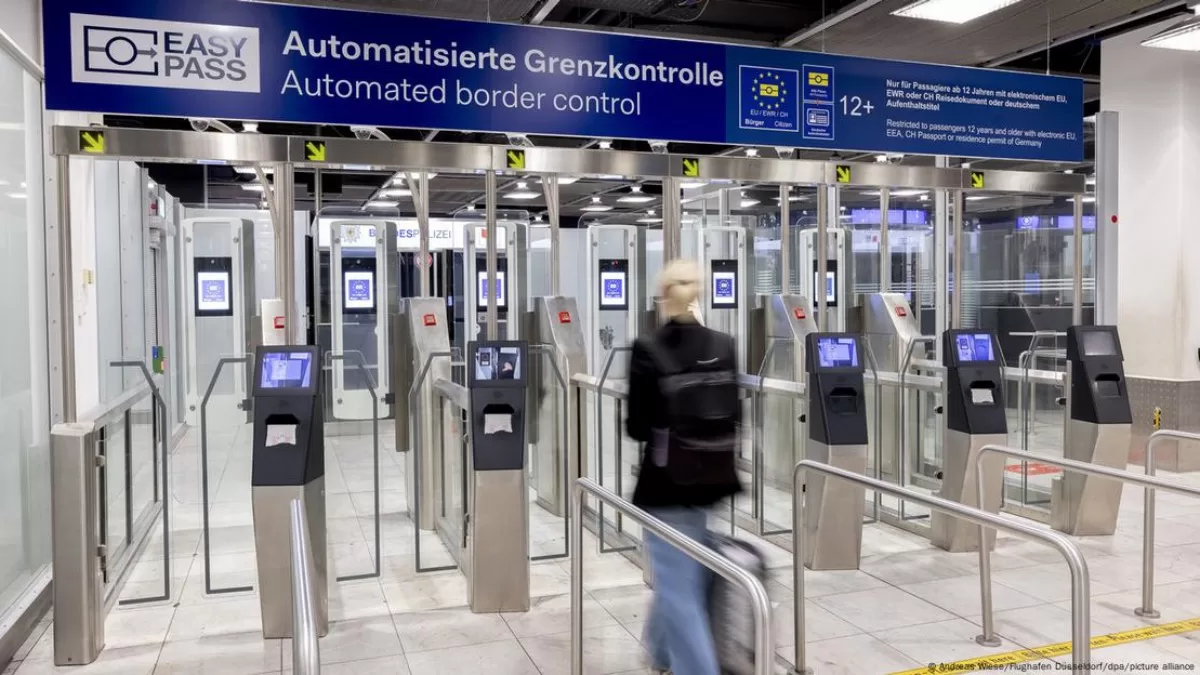Starting October 12, the Electronic Entry Exit System (EES) will be available to citizens of countries outside the European Union. Its goal is to make border control faster and more efficient, and the main change for tourists will be the elimination of traditional passport stamps, DW reports.
When crossing the border for the first time under the new system, travelers must have their photo taken and fingerprints taken. This data is used to create a digital profile, which also includes their passport information. Subsequent biometric data will be verified against this record during travel. Children under 12 are not required to provide fingerprints.
Registration will be conducted at special EES terminals or machines at the border, which will scan passports and collect biometric data. Only holders of biometric passports will be able to use them.
The system will be implemented gradually. The EES will be fully operational at all border crossings only by April 10, 2026. For now, each EU country will decide for itself where and when to begin implementing it. The Czech Republic, Estonia, and Luxembourg will be the first to fully implement the EES, while Germany will implement the system in stages, airport by airport.
